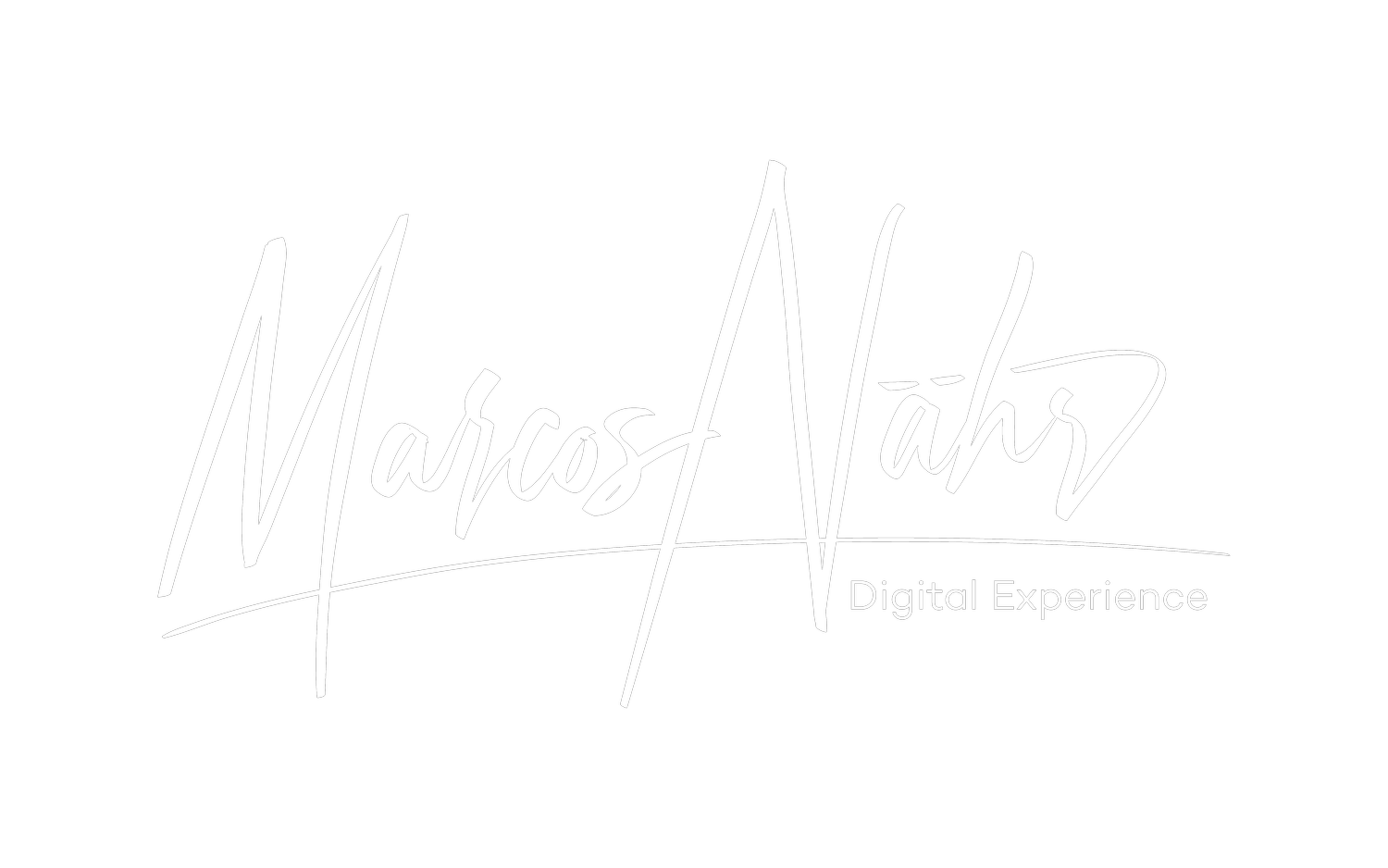Why Design Operations Matter
The integration of Design Operations (DesignOps) into the UX design ecosystem marks an important step toward achieving efficiency, creativity, and scale.
This emerging discipline plays a crucial role in supporting design teams. It streamlines operations, effectively addresses bottlenecks, and empowers designers to concentrate on creating immersive design experiences.
In the theater world, a production's success relies on the backstage crew's seamless coordination and hard work, with the goal of staying behind the scenes.
DesignOps serves as the design industry's backstage crew, organizing behind-the-scenes activities to support designers and let them shine.
If DesignOps executes its role flawlessly, its presence goes unnoticed, allowing the designers to captivate the audience with their creative performances. This analogy underscores the fundamental purpose of DesignOps: to silently empower designers by removing operational roadblocks, streamlining processes, and ensuring that every tool and resource is precisely where it needs to be. Just as the backstage crew takes pride in the success of the production, not seeking the spotlight for themselves, DesignOps finds fulfillment in the smooth operation and creative triumphs of the design team.
DesignOps, by nature, focuses on optimizing design processes, tools, and team coordination to improve the efficiency and effectiveness of design teams.
This includes a variety of roles aimed at streamlining workflows, improving collaboration across functions, and enabling design teams to scale without sacrificing quality. From the DesignOps Lead, who identifies pain points and creates strategies for greater team efficiency, to Producers and Program Managers who ensure project deliverables meet the mark, all DesignOps roles share a common goal.
DesignOps is crucial for design teams to achieve scalability, consistency, and collaboration, leading to a lasting impact on users and a competitive edge. It ensures that design teams grow while maintaining the integrity of the design process, consistency across user interfaces, and fostering seamless collaboration within the team and with other departments. This holistic approach to managing design operations not only amplifies the effectiveness of design teams but also aligns them more closely with organizational goals.
Looking ahead, the importance of DesignOps will increase as businesses recognize the crucial role of design in creating engaging user experiences. The future landscape of DesignOps is one where operational efficiency and creative empowerment go hand in hand, driving design teams towards delivering innovative solutions that resonate with users.
DesignOps is the catalyst that enables design teams to navigate the complexities of scale, complexity, and cross-functional collaboration with agility and vision as organizations aim to meet growing market demands.
In essence, DesignOps represents a paradigm shift in the approach to design. It's a testament to the evolving recognition of the strategic value of design within the broader business context. This marks a transition from isolated design efforts to a more integrated, collaborative approach.
The evolution of DesignOps will play a critical role in shaping the future of design. It will ensure that design teams are not only equipped to meet today's challenges but also ready to innovate for tomorrow's needs.
